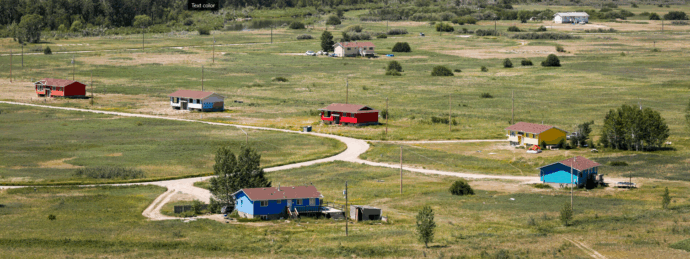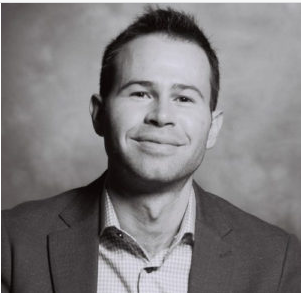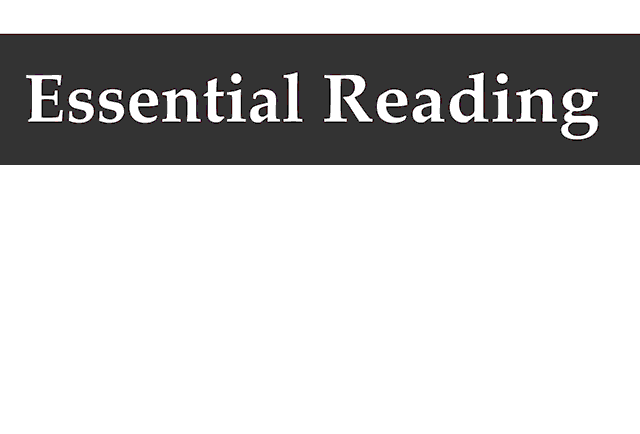 By Andrew Sniderman
By Andrew Sniderman
July 13th, 2025
BURLINGTON, ON
Why doesn’t equalization apply to Indian reserves? It’s right there in the Constitution: the commitment to providing essential public services of reasonable quality to all Canadians.
And yet, we take for granted that schools and hospitals in places like Fredericton, Whitehorse, and Charlottetown are decently funded.
This is the magic of “equalization,” which helps ensure comparable public services in parts of Canada that couldn’t otherwise afford them thanks to federal transfers to poorer provinces and territories. Equalization is the “improbable glue that holds a nation together,” as author Mary Janigan puts it.
But did you know that Indian reserves are excluded from equalization?
About 330,000 people live on reserves. That is more than the population of Prince Edward Island (157,000). And it’s more than the number of people who live in the three territories — Yukon (45,000), Northwest Territories (45,000), and Nunavut (39,000).
And yet, unlike provinces and territories, Indian reserves do not receive a legal commitment to comparable public services from the federal government.
Not coincidentally, basic services on reserves are subpar and underfunded by any provincial or territorial measure. The problem extends to policing, education, child welfare, access to clean water, fire services, and more.
The exclusion of reserves from equalization is a legal omission, all too often overlooked, that has enabled a policy problem to fester.
A little-known section of the Constitution
If you’re Canadian, you’ve heard of the Charter of Rights and Freedoms, which is part of the Constitution Act, 1982. The Charter has 34 sections.
If you’re a lawyer, you’ve probably heard of Section 35, which comes right after the Charter and addresses “Aboriginal rights.”
Lawyer or not, you’ve almost certainly never heard of Section 36. This is the part that mentions equalization: “Parliament and the government of Canada are committed to the principle of making equalization payments to ensure that provincial governments have sufficient revenues to provide reasonably comparable levels of public services at reasonably comparable levels of taxation.”
The federal government distributes billions of tax dollars to deliver on this commitment. In 2024-25, poorer provinces received over $25 billion in unconditional transfers. For example, Manitoba received $4.4 billion (or 18 per cent of its total budget), and New Brunswick received $2.9 billion (or 23 per cent of its total provincial budget). Meanwhile, Alberta, Saskatchewan and British Columbia received nothing.
Like Indian reserves, the territories aren’t explicitly mentioned in Section 36, either. But they nonetheless receive annual transfers to ensure comparable services thanks to a federal law that makes them mandatory. Payments go to each territorial government under a program called Territorial Formula Financing.
So: equalization is the law, supreme or otherwise, for provinces and territories. But not for Indian reserves. They remain separate and unequal.

Siksika First Nation, east of Calgary near Gleichen, Alta., in June 2021. THE CANADIAN PRESS/Jeff McIntosh
Law versus policy
Surely this is too bad to be true, you might wonder. As a matter of policy, the federal government is often committed to comparable public services on reserves.
For example, federal policy about education on reserves includes an aim that “First Nations students on reserve achieve levels of secondary education comparable to non-Indigenous students in Canada.”
Similarly, federal cabinet and Treasury Board guidelines aim for comparable water services for on-reserve communities.
This seems comforting. But lately the federal government has made a point of distinguishing between its policy commitments and its legal duties, a distinction that confirms the seriousness of the problem.
In a current lawsuit over unsafe drinking water on reserves, the federal legal argument says that “Canada supports First Nations in providing safe drinking water to First Nations members on reserve as a matter of good governance rather than as a result of a legal duty.”
The government adds: “Canada’s spending on First Nations’ water must obviously compete with the rest of its budget allocations.”
Such claims suggest that the federal government will continue to defend its wide discretion in funding services on reserves. This includes the discretion to do more. Or less.
Taxation is a red herring
You might also be wondering why Section 36 talks about comparable public services at comparable levels of taxation. How significant are these last four words, given that status Indians on reserves sometimes pay lower taxes on income and consumption than other jurisdictions?
Canadians generally overestimate the scope of these tax exemptions, as Chelsea Vowel has written. However, to the extent the exemptions exist, they could imply that worse services are consistent with less taxation.
But equalization is based on the capacity of a province or territory to generate revenue at hypothetical levels of taxation. So the question becomes: how much revenue would reserves generate with standard taxation? Usually, not much.
A federal equalization program that includes First Nations
First Nations water problems a crisis of Canada’s own making
New models of shared rule can secure better infrastructure in Indigenous communities
Most of these communities live below the poverty line. The difference between the tax revenue a community would raise with or without existing tax exemptions would usually be modest, if not negligible.
So differences in taxation on reserves cannot serve as an excuse to avoid comparable services.
A promise to “every citizen”
There’s another part of Section 36 that few people ever talk about. It says: “Parliament and the legislatures, together with the government of Canada and the provincial governments, are committed to…providing essential public services of reasonable quality to all Canadians.”
Throughout the years of negotiations that led to the final wording of Section 36, the federal government argued in favour of using the federal spending power to ensure comparable public services across Canada.
As prime minister, Pierre Elliott Trudeau emphasized our interdependence. If a particular part of Canada were to do a particularly poor job of educating students or promoting health, for example, it would invariably affect other provinces as Canadians moved around freely.
Economists have long argued that it’s more efficient for Canadians to move for economic opportunity rather than for access to better public services.
Trudeau also argued that it is essential to develop a national sense of community to bind Canadians together. One way to do so was to ensure “the provision to every citizen, wherever he lives, of adequate levels of public services — in particular of health, welfare and education services.”
Are Canadians living on reserves not included in that promise?
If our Constitution cares about inequality between provinces, surely it must have something to say about people on reserves living in those very provinces. What is true for the parts of the whole should also be true for parts of the parts.
This article is adapted from material in “Constitutional silence, Section 36 and public services on Indian reserves” recently published in the University of Toronto Law Journal.
















Leave a Reply